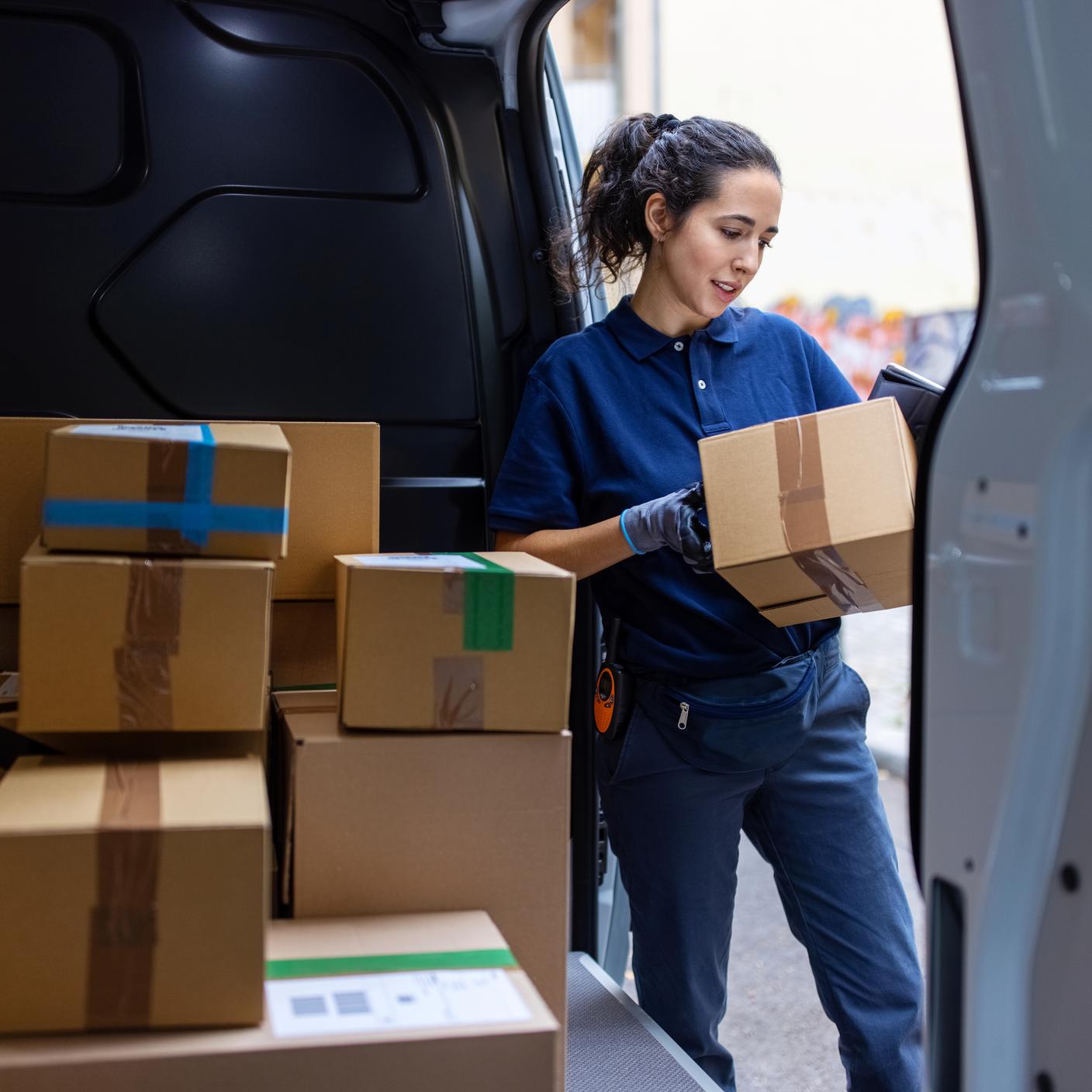Distribution, visibility, and transparency are all terms we’re familiar with when it comes to the flow of goods within our supply chains. But have you heard of traceability? And do you know why it matters?
What is traceability?
Traceability is the ability to track products, materials, or components as they move through your supply chain, creating a clear record of where items came from, where they are now, and where they're going. While organizations are investing to improve traceability, only 15% are capturing the value at scale. Part of the challenge is that traceability means different things to different organizations.
As Tony Pelli, Global Practice Director for Security & Resilience explains, "organizations use the word traceability in a number of different contexts, and it means slightly different things in each of those contexts, depending on the industry or depending on the regulation."
For example:
- In the pharmaceutical industry, traceability means knowing exactly where a particular lot number or vial is in the supply chain. This precision is critical for safety recalls and regulatory compliance.
- In apparel and footwear, it involves tracing back who's doing each step of the manufacturing process, where it’s happening, and where the raw materials came from.
- In food and beverage, it means being able to track a product from farm to fork.
There isn’t a one-size-fits-all strategy, and organizations use the word in several different contexts. The tools and processes you implement must align with your industry’s needs and your objectives for visibility across the supply chain.
Why traceability is important
Many organizations first encounter traceability requirements through regulations. Laws like the Uyghur Forced Labor Prevention Act (UFLPA) have made supply chain traceability mandatory for certain imports into the United States. But compliance is just the starting point.
Benefits
Investing in a traceability program can support broader supply chain risk management. It also leads to:
- Fewer disruptions: Organizations that take mapping and risk management strategies seriously experience fewer and shorter disruptions.
- Stronger supplier relationships: Understanding your suppliers' processes creates better partnerships. As Tony Pelli puts it, "when something happens and you pick up the phone, you're not just some other customer to them. You're somebody who's actually worked with them on the supply chain."
- Better internal coordination: Traceability requires alignment across the organization from procurement and purchasing, all the way through to logistics and supply chain management.
- Proactive risk management: Traceability lets you build mapping into your supply chain from the start.
Program implementation
68% of executives view traceability as “very or extremely important”. But many organizations have found it difficult to implement. Initially, there’s hope for a “plug-and-play” software solution that captures and visualizes all supply chain data. However, there’s no single tool that currently solves all traceability challenges.
Effective traceability requires a joined-up approach:
- Internal alignment across procurement, logistics, supply chain, legal, and compliance teams.
- External collaboration with suppliers to communicate the value of traceability and drive continuous improvement.
- Integration of tools that streamline data gathering, analysis, and visualization without losing context.
While traceability implementation is complex, the right approach and partners can help you capture its full value. Ready to strengthen your supply chain? Start building your traceability program today.
Subscribe to our Experts Corner-2-Go LinkedIn newsletter for the latest updates.








